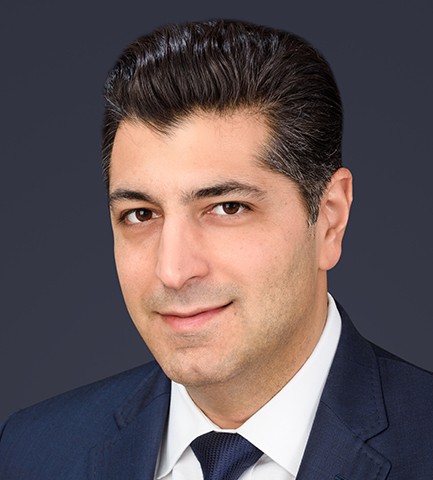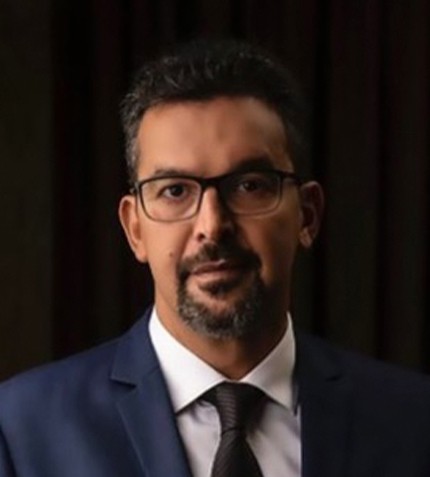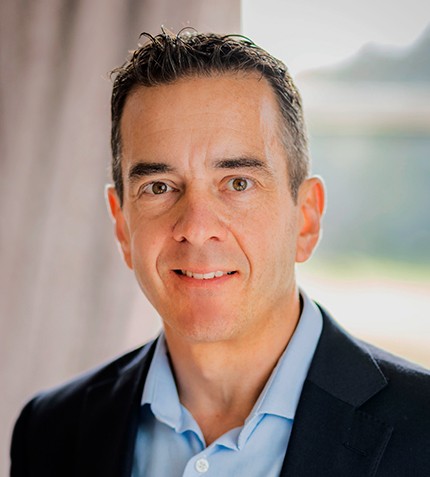
"There is still a lot of value left in Cerro de Pasco, but it needs to be done strategically, step by step, which is what we propose to do."
Steven Zadka
EXECUTIVE CHAIRMAN, CERRO DE PASCO RESOURCES (CDPR)
Can you tell us about the Cerro de Pasco Resources’ (CDPR) maiden resource estimate for the Excelsior stockpile released in February 2021?
Within the Excelsior stockpile, our concession area alone contains an inferred mineral resource of 42.9 million silver ounces. We issued a 43-101 resource estimate for the first time on 18th March using drilling carried out in 2008 and 2009, with permission to use that historical data to produce the estimate. The announcement means we can pin a value on the stockpile, which justifies our business plan and vision for Cerro de Pasco. We are talking about a very large over-ground resource that must be reprocessed in the future, not only for the benefit of the local economy but also for health and the environment. What is more, the local mining complex, our neighbors, have ample capacity to process over-ground material, and their resources are diminishing, which makes CDPR’s project all the more necessary.
How does CDPR intend to advance the Cerro de Pasco mine?
Since signing the agreement to acquire the Cerro de Pasco mine from Volcan and Glencore in November 2019, there have been several extensions pushing back the transaction. It is a very large mine with legacy issues and a complex situation. As we could not align a workable deal to satisfy all parties, we decided not to extend the agreement at the end of October 2020.
We are now looking at establishing a partnership instead, as there are legacy issues that belong to Volcan and Glencore that must be adequately understood and ring-fenced prior to any agreement. We believe it would be advantageous to Cerro de Pasco for CDPR to reintegrate and operate the whole mine, as the asset would benefit from a new management team looking at the operation holistically.
To what extent do you think the frequent changes in the Peruvian Ministry of Mines have impacted CDPR’s progress?
It has definitely delayed us a lot. Looking ahead to a new government in July this year, there is strong recognition that Peru needs to recover ground lost against peer mining countries, focusing on productivity and speed of regulatory processes.
To give an example, we had a permit application in process for six months, and a basic observation that could have been addressed at the beginning was brought up at the last minute.
What are the main challenges surrounding the mine and the Cerro de Pasco community?
There are economic, environment and health issues in play, and they need to be addressed together as one package instead of working piece by piece, as has been happening over the past 20 years. All the water systems are connected, for instance, so the open-pit is hydrologically connected with the stockpile and the tailings.
We brought in Bernhard Dold as CTO in 2020. He is one of the world-renowned experts on mine closure and acid mine drainage. He has studied Cerro de Pasco, and over 30 scientific publications on the region, and the consensus is that the health problems will not be fully resolved unless you reprocess waste and move people out of the most affected areas. There is still a lot of value left in Cerro de Pasco, but it needs to be done strategically, step by step, which is what we propose to do.
What steps need to be taken to resolve the health issues that have affected the city?
A lot of people in Cerro de Pasco want to move, but there is currently no economic way for them to do it. To help them, jobs need to be created and the government must get involved. We are looking at partnerships involving the government and external funds such as the multilateral agencies. Legacy issues stem way back to when the military government nationalized the mine. There is an opportunity now to improve the health situation and economics in the region, but action must be taken and a qualified neutral entity needs to take the lead.










